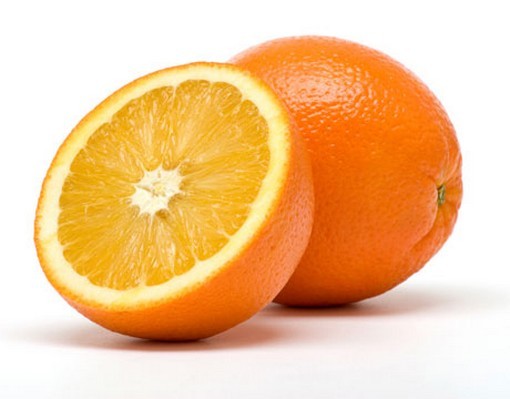Dehydrating Oranges Using a Dehydrator, the Oven or Even the Sun

Dehydrating oranges is not as challenging as some people might think. The nature of the fruit makes it seem like it is not a good candidate for dehydration. It contains more moisture than many other fruits but drying it is still possible, even if it takes some time. Drying is a good way to ensure that you have these fruits even when they are out of season.
After drying, you can use citrus fruits in a variety of ways. You can add some extra taste to your teas, and they make great additions to jams and preserves. Drying the pulp and the peels will give you many ways to spice up cakes, juices and condiments. Of course, you can also have them as snacks as part of your healthy diet. The process for dehydrating oranges is simple, and there is more than one way to achieve it.
Using a Dehydrator
Using a dehydrator is the most popular way to dry these fruits. The steps for drying citrus using a dehydrator are:
- Make sure the oranges are ripe, and then wash them properly.
- Peeling is optional, and since the peel adds extra taste, think about what you will be using the fruits for after the dehydration process is completed to decide whether or not to peel them.
- Place the fruit on its side before slicing, so you end up with a star-like pattern in each slice.
- Make sure the slices are uniform in size, with a thickness of roughly ¼ inch.
- Space the slices evenly on the tray to encourage proper airflow.
- Depending on the type of hydrator, drying may take between eight to 12 hours at 135 degrees.
- Check the slices periodically, and you may need to flip them for the best results.
Upon completion, the slices should appear dry, but you should still be able to bend them. Leaving them in the dehydrator for too long will make them brittle. After cooling, store the slices in a glass jar or sealable plastic bag.
Dehydrating Oranges in the Oven
Drying this citrus fruit in the oven takes less time than a dehydrator, and you will have to leave the oven door open a few inches to release moisture during drying. The steps to dehydrating oranges in the oven are as follows:
- Preheat the oven at its lowest setting.
- Place the slices on a baking sheet, leaving enough space to encourage air circulation.
- Six hours is usually enough time, but if the slices are not quite ready, you can give them another hour or two. To prevent the slices becoming too dry, check periodically. Increasing the oven temperature to hasten the process could cause over-drying.
Using Sunlight
Using the heat of the sun is still a popular method for drying fruits and vegetables. When dehydrating oranges using the sun, the amount of moisture present means that, the drying process will be longer. Since this fruit is likely to attract flies and other insects, cover the slices with a piece of cheesecloth. Since the heat will be coming from above, it is best to place the slices onto a piece of cheesecloth on a frame, or tie the ends to objects heavy enough to support it. Place a tray underneath to catch moisture that drips from the slices.
Give the slices enough room so that airflow will not be an issue. Also, cut them as thin as you can to help hasten the drying process, but remember to try to maintain the same level of thickness. The process may take as much as four days or even longer if the sunlight is not very strong. Take the fruit inside when the sun begins to go down to prevent moisture getting onto them.
Whichever process you use, ensure that storage conditions are ideal for long-term use. The storage area must be dry, cool, and away from direct sunlight. The fruit can last for six months or even longer, providing you with a good supply of vitamin C. Dehydrating oranges serves other purposes besides having fruits out of season. Some people use the dry slices in a variety of craft ideas. You can also add them to potpourri for a lovely fresh scent. Something which you could be glad of in a survival bunker.
Return from Dehydrating Oranges to DIY Food Storage





New! Comments
Have your say about what you just read! Leave me a comment in the box below.